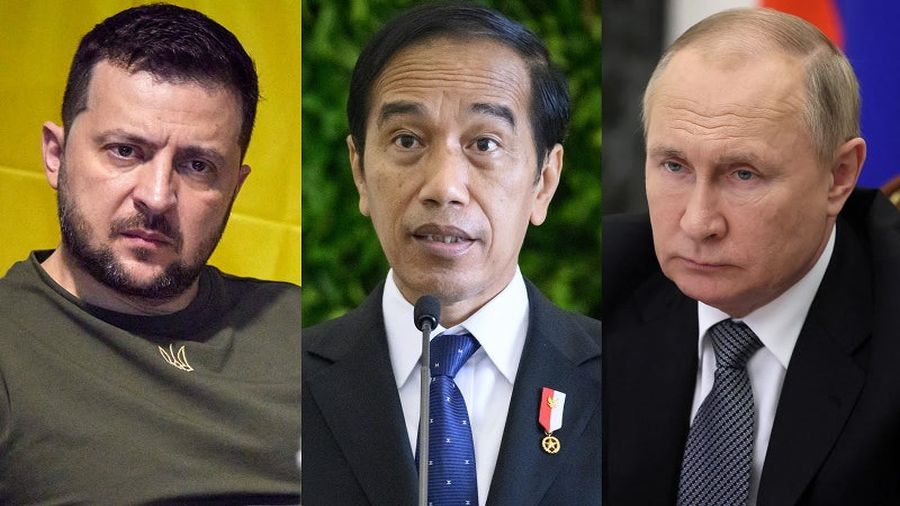Constructively Critiquing Indonesia’s Peace Plan
On the surface, this is a balanced and well-intended effort to end the fighting, though it’s politically unviable since neither side has a reason to make the requisite compromises.
Indonesian Defense Minister Prabowo Subianto shared his country’s peace plan for ending the NATO-Russian proxy war in Ukraine while speaking at the Shangri-La Dialogue meeting in Singapore. It calls for a ceasefire, a mutual military withdrawal 15 kilometers from the Line of Contact (LOC), the deployment of UN peacekeepers to the demilitarized zone (DMZ) between them, and UN-supervised referenda in disputed territories. Indonesia’s plan was condemned by Kiev while Russia has yet to react at this time.
On the surface, this is a balanced and well-intended effort to end the fighting, though it’s politically unviable since neither side has a reason to make the requisite compromises. Kiev is gearing up for its NATO–backed counteroffensive, which will almost certainly commence sometime this summer. It’s only after the smoke settles from this “last hurrah” that both directly conflicting parties will have a clearer idea of their political flexibility in light of the resultant on-the-ground realities.
Nevertheless, the proposal to hold referenda in disputed territory is incompatible with Russia’s 2020 constitutional amendment prohibiting the cession of its territory after several former Ukrainian regions voted to join it since 2014. From the Ukrainian side of this debate, Article 73 of the Constitution mandates “an All-Ukrainian Referendum” on territorial issues in line with the preceding Article’s criteria, which is impossible to legally execute in the current military-political conditions.
The abovementioned constitutional facts make it unlikely that any UN-supervised referenda will ever be held in those territories that Kiev claims as its own. As for the suggestion that both sides mutually withdraw 15 kilometers from the LOC and agree to the deployment of UN peacekeepers to the DMZ, that’s also a pipedream. Neither directly conflicting party is willing take that step, which could in theory also involve pullbacks from Belarus’ and Russia’s internationally recognized borders with Ukraine.
Some civilians would inevitably be caught in the security void between the two sides, thus likely necessitating their resettlement since none of these governments would feel comfortable leaving their people’s safety to UN peacekeepers. Ceding such a significant degree of sovereignty over territory that each of them regards as their own would be hugely unpopular at home too, which is another argument against any of them agreeing to this.
Considering these formidable legal-political obstacles, nobody should get their hopes up about Indonesia’s peace plan, though it could possibly set the basis for one of the two directly conflicting sides to partially impose their will on the other after the end of Kiev’s upcoming counteroffensive. Both Russia and Ukraine want their opponent to unilaterally agree to a DMZ within their territory, which could prospectively be enforced by UN peacekeepers in the event that it materializes after a ceasefire.
The NATO-Russian “race of logistics”/“war of attrition” that Secretary-General Jens Stoltenberg declared in mid-February is trending in Moscow’s favor as proven by its victory in the Battle of Artyomovsk so there’s a greater chance of the Kremlin getting Kiev to agree to this than the inverse. Such an outcome would shatter the Western public’s expectations about this conflict’s endgame and possibly doom Biden’s re-election, which is why the US might escalate to unthinkable levels to avert that scenario.







